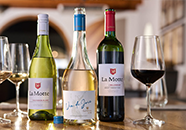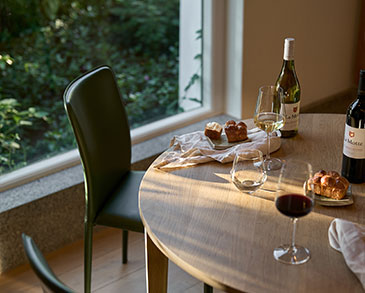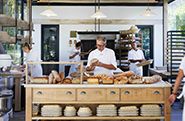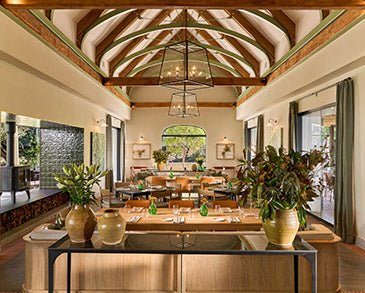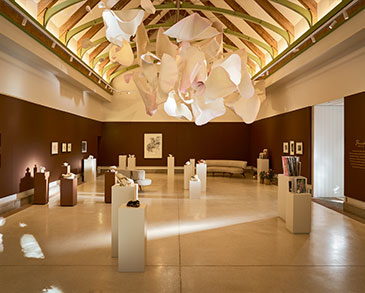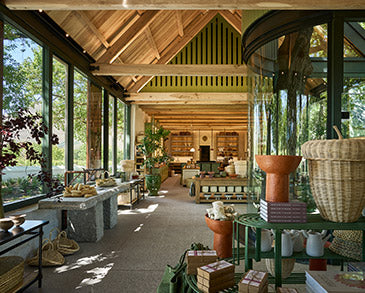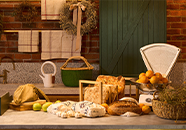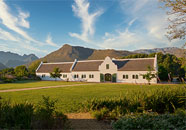
So you received this special bottle of wine for Christmas and you managed to get through January without opening it. Now you know you are serious about laying it down for maturation. Here are a few pointers as to the ideal conditions for maturation:
- Make sure that the wine lends itself to maturation. This is not easy, but be guided by the vintage, origin, variety and winemaking method – best to contact the winery or winemaker if you are serious about it.
- Temperature – ideally around 13°C (50°F). Consistency of temperature is very important, so rather have it a degree or two warmer but without ups and downs. A kitchen is never a good choice.
- Light – darker is better. Sunlight and even fluorescent lights should be avoided. Dark glass bottles are much better for maturation than flint (clear) glass bottles.
- Humidity – between 55 and 85 percent humidity. This prevents the cork from drying out and will keep the seal airtight.
- Position – keeping bottles on their side also helps keeping the cork moist and prevent shrinking and oxidisation. Bottles with screwcaps or T-stoppers (like many fortified wines) can be stored upright.
- Vibration – rather store the wine away from washing machines, clothes dryers, dishwashers, and stereo equipment. It is also better to store in a wooden wine rack as it relays vibrations less efficiently than metal.
If you can manage all the above, you have given your wine the best chance to mature beautifully and be a star when you open it at that special occasion or celebration.

